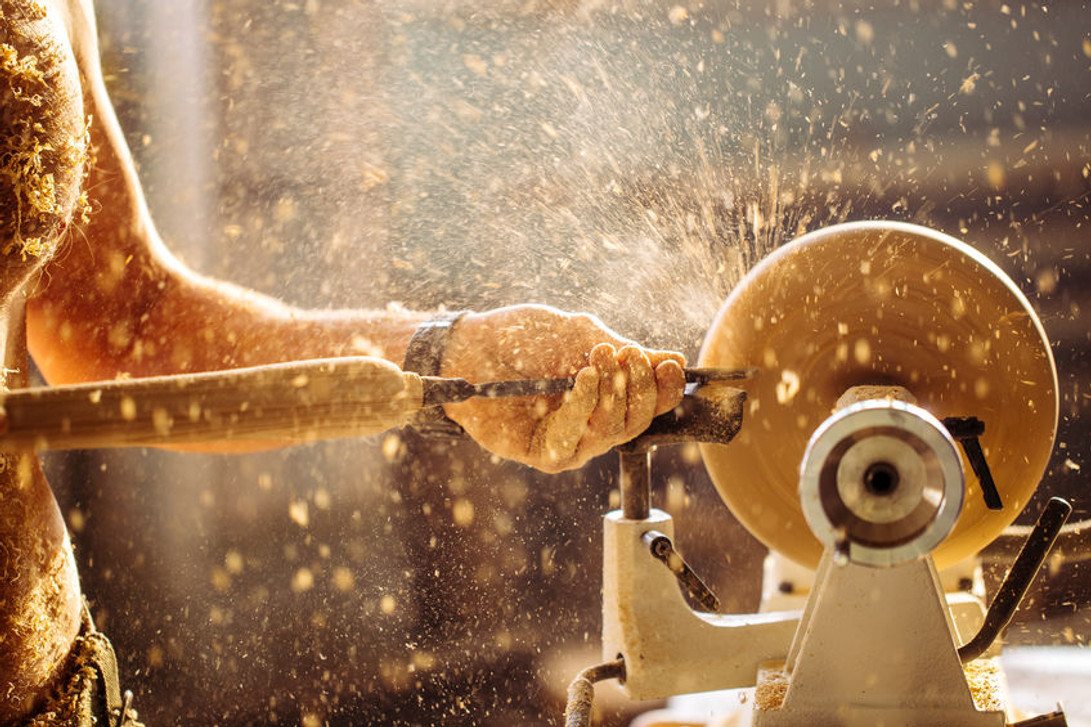When you’re entering into a new hobby or profession, there’s nothing more intimidating than hearing a pro use terminology in an unfamiliar context. Well, perhaps there is—if you’ve never even heard that terminology come out of somebody’s mouth before! Such is the case with the lathe tool. It’s a machine so specific to woodworking and manufacturing that the novice is unlikely to even know what it is in the first place, let alone how helpful it can be for their next woodworking project.
That’s why Viking Mountain Tool Works, a provider of all sorts of woodworking tools, explains the ins and outs of this type of turning tool below.
What is a Woodworking Lathe?
A lathe (pronounced like the word “lay” with a soft “th” at the end) is a versatile woodworking machine that allows the craftsman to do anything from smoothing to shaping their piece. These machines come in many shapes and sizes, from benchtop to free-standing; the larger the lathe, the larger a piece of wood it can hold.
A lathe operates by holding a woodworking piece in its center and rapidly spinning it, allowing a woodworker to use chisels or hollowers to change that piece’s shape. Lathes generally come with an adjustable RPM (rotations per minute) system, allowing the user to dictate how fast or slow their piece spins. This usually takes the form of a dial or digital display.
How Can You Use a Lathe Safely?
As with all woodworking tools, proper safety measures must be taken with lathes to ensure the integrity of the final product and also the craftsman’s safety. Lathes, as stated above, come in countless shapes, sizes, and makes, but no matter what, the safe woodworker will always remember:
●The location of the “red zone.” This is the area in which, should an unfortunate malfunction occur, your woodworking piece is likely to travel. For lathes, it’s right behind and in front of the piece. Always step out of this area and stand back after you turn the machine off.
●Wear safety equipment. Of course, this goes for all woodworking tools, but the fine dust secreted from pieces on the lathe can be especially hard on your lungs. Adequate respiratory protection is a must.
●Watch for imperfections in the wood. Knots, bark pockets, and cracks can all weaken the structural integrity of your piece, meaning that, on the lathe, such a piece is likely to lead to accidents if proper technique isn’t used. Know your limitations and only work with imperfect wood on the lathe after you have experience.
Questions? Viking Mountain Tool is Here to Help
We’d love to share the joy of woodworking with you. If you have questions about any of our products, give our Decorah office a call at 563-387-7315.

